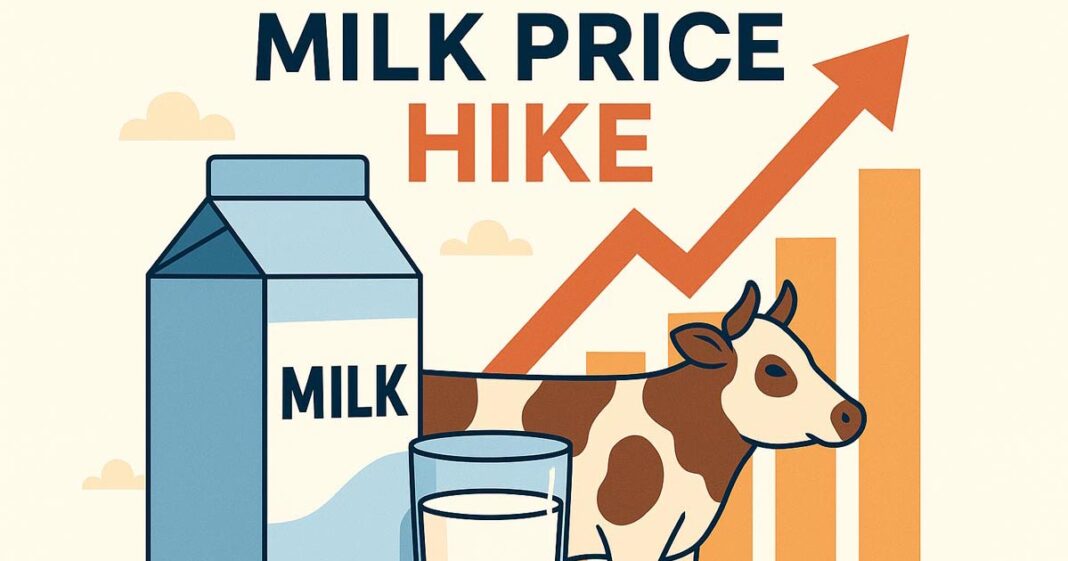Understanding the Milk Prices Surge: Causes, Consumer Impact, and Global Trends
In 2025, consumers in India and globally are grappling with significant increases in milk prices. This trend is driven by a confluence of factors, including rising production costs, climate-related challenges, and shifts in consumer behavior. Major dairy brands such as Amul, Mother Dairy, and Heritage Foods have announced price hikes, reflecting broader trends affecting the global dairy industry.
India’s Milk Price Hikes
On May 1, 2025, Amul increased milk prices by ₹2 per litre across all variants, citing higher production and operational costs. This hike follows a similar increase by Mother Dairy on April 30, 2025. These adjustments mark the first price increases since February 2023, indicating mounting pressures within the industry.
Heritage Foods, another key player in the Indian dairy sector, plans to raise prices by ₹1–2 per litre to offset escalating costs of fuel and raw materials.
Factors Driving the Increase
Several factors contribute to the rising milk prices:
-
Elevated Production Costs: The cost of cattle feed has surged by over 25% compared to the previous year. Additionally, expenses related to transportation, storage, and labor have increased, impacting overall production costs.
-
Climate Challenges: Heatwaves and erratic weather patterns have led to decreased milk yields. Heat stress in cattle, particularly in northern India, adversely affects their health and milk production.
-
Disease Outbreaks: Incidences of lumpy skin disease in cattle have been reported, further reducing milk collection in states like Gujarat.
Impact on Middle-Class and Lower-Class Consumers
The recent milk price hikes have disproportionately affected middle-class and lower-class households in India. A survey conducted by LocalCircles revealed that 40% of Indian households are affected by the milk price hike. While 60% continue purchasing the same quantity and brand despite higher prices, 14% have switched to more affordable alternatives, and 20% have reduced their consumption.
Lower-income families are particularly affected, as they typically allocate a larger portion of their budget to essential food items. The rising cost of milk, a key source of nutrition, has led to increased financial strain on these households. For many, the adjustment involves purchasing smaller quantities of milk or opting for more affordable, lower-quality milk brands.
Global Dairy Market Trends
Internationally, the dairy industry is experiencing similar challenges. Fonterra, New Zealand’s leading dairy cooperative, raised its milk price forecast to NZ$9.50 per kilogram of milk solids for the 2024/25 season, attributing the increase to strong global demand, particularly from China and African nations.
European dairy giant Arla Foods anticipates higher revenues in 2025, driven by increased dairy prices and stable consumer purchasing power.
Outlook
As production costs continue to rise and climate challenges persist, milk prices are expected to remain elevated in the near term. Consumers may need to adapt by seeking alternative sources or adjusting consumption habits. The dairy industry, both in India and globally, faces the task of navigating these challenges while ensuring affordability and sustainability.





